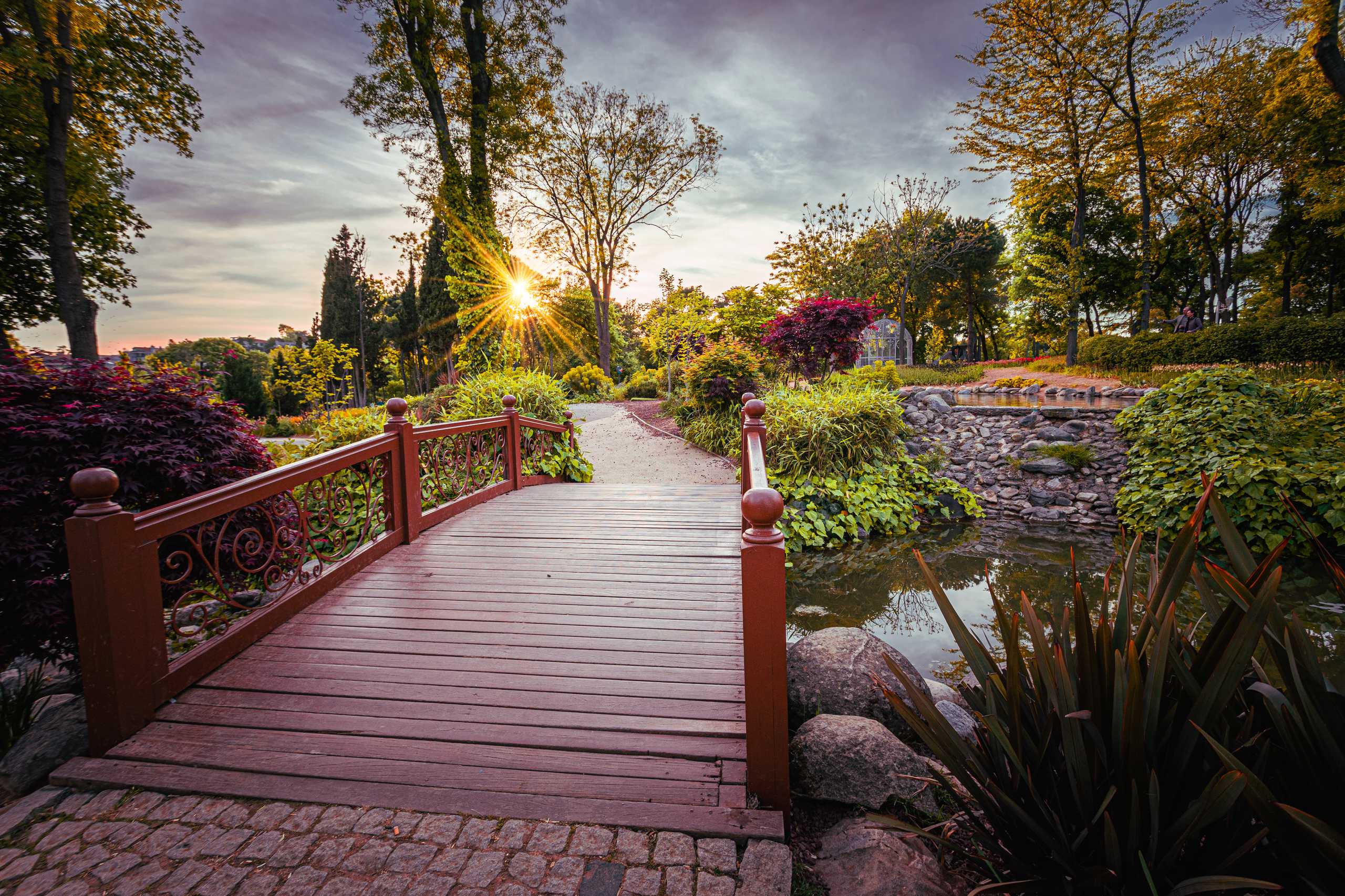Address
304 North Cardinal St.
Dorchester Center, MA 02124
Work Hours
Monday to Friday: 7AM - 7PM
Weekend: 10AM - 5PM

Every remarkable landscape begins as an idea — a vision sparked by curiosity, inspiration, or necessity. But turning that vision into reality requires careful planning, technical skill, and creativity. At LandVista Course, we guide students through this transformative process, ensuring that every concept develops into a living, functional, and beautiful environment.
Design is a journey, not a single moment. From the initial sketch to the final planting, every stage shapes the story of the space and the designer.
Before a single stone is placed, a designer must immerse themselves in understanding the site and the project’s goals.
Conceptual planning ensures that the foundation of the design is solid, intentional, and aligned with both artistic and practical goals.
A great landscape balances beauty with usability. Every feature must serve both an aesthetic and functional purpose.
Consider:
This integration transforms ordinary spaces into immersive experiences, where art and practicality coexist seamlessly.
Modern landscape design combines traditional materials with innovative tools. Digital planning, 3D modeling, and visualization software allow designers to anticipate how the space will look and perform.
Technology amplifies creativity, ensuring that every idea is achievable and lasting.
Landscapes are living entities — they grow, evolve, and change over time. Designers must anticipate how a space will develop in the months and years ahead.
Understanding growth patterns allows designers to create landscapes that remain vibrant, functional, and beautiful indefinitely.
At LandVista Course, we emphasize learning by doing. Students engage in real projects, testing their skills, refining techniques, and gaining confidence.
The journey from concept to reality teaches patience, observation, and problem-solving — skills that extend beyond the garden and into life itself. Every completed project becomes a testament to creativity, knowledge, and dedication.
Transforming spaces from concept to reality is the heart of landscape design. It demands imagination, discipline, and respect for nature. The most successful landscapes are those that feel effortless, natural, and alive.
By mastering this process, LandVista students are equipped not only to create stunning environments but also to leave a lasting impact on every space they touch, turning visions into living, breathing reality.